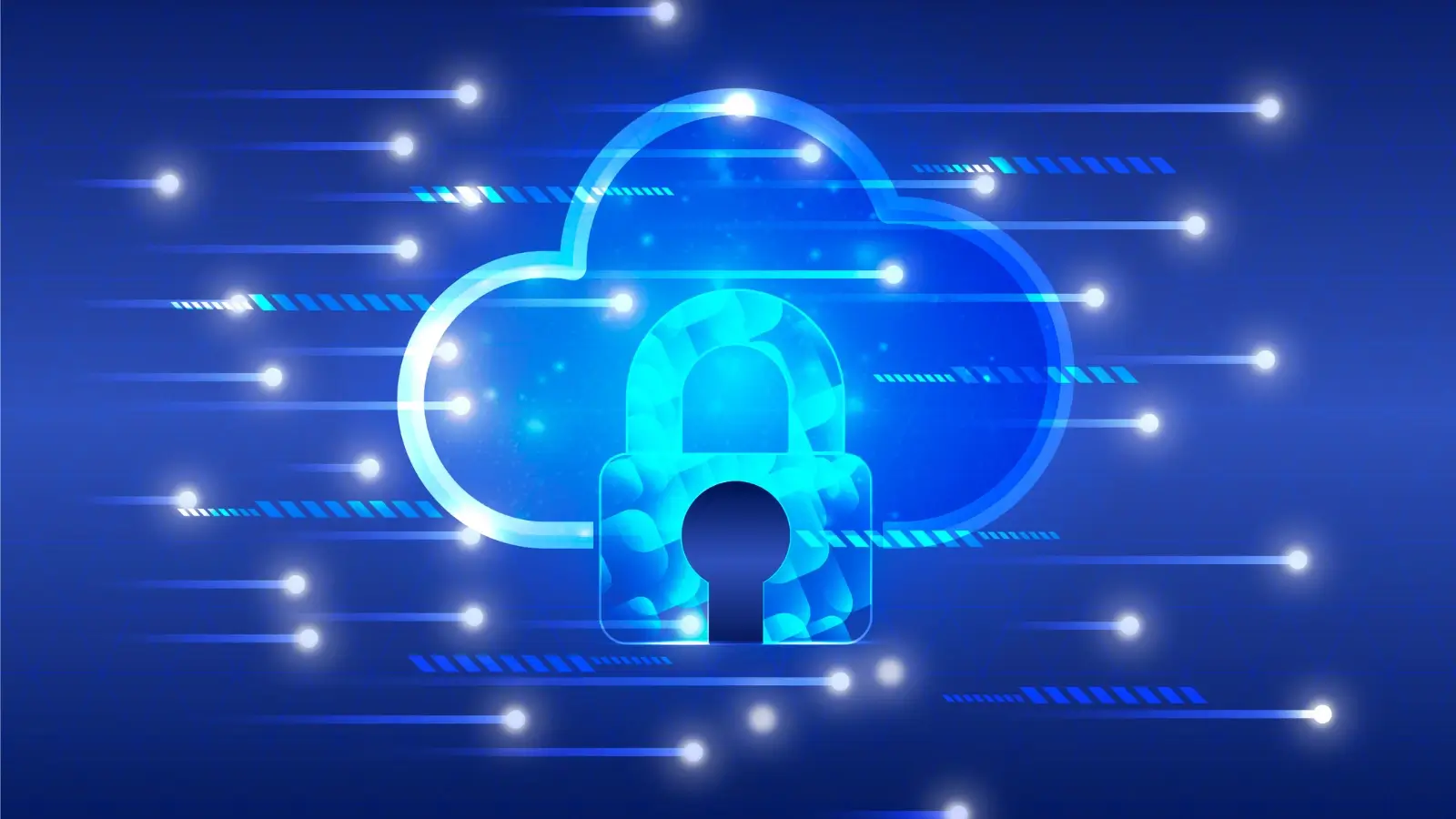


In an era where data breaches and cyber threats are increasingly sophisticated, protecting sensitive information stored in the cloud has become a paramount concern for businesses and individuals alike. Traditional security measures, while necessary, often fall short in providing comprehensive protection against unauthorized access and data misuse. This is where the fusion of zero-knowledge encryption and Digital Rights Management (DRM) technology is transforming the landscape of cloud file protection, offering robust, user-centric security solutions.
Zero-knowledge encryption is a cryptographic principle that ensures a service provider has no knowledge of the encryption keys or the data stored on their servers. In practice, this means that even if the cloud provider’s infrastructure is compromised, the encrypted data remains inaccessible without the user’s private key. This approach significantly reduces the risk of data breaches caused by insider threats or external attacks.
Unlike traditional encryption methods where the service provider might have access to encryption keys, zero-knowledge encryption places complete control in the hands of the user. For example, popular cloud storage services like Tresorit and Sync.com employ zero-knowledge encryption to guarantee that only users can decrypt their files, fostering trust and enhancing privacy.
Digital Rights Management technology is traditionally known for protecting copyrighted content such as music, videos, and ebooks. However, its application has expanded into cloud file protection, where DRM controls how files are accessed, shared, and used. DRM enforces permissions such as who can view, edit, print, or forward a document, even after it has been downloaded or shared externally.
By integrating DRM with cloud storage, organizations can maintain granular control over sensitive documents, preventing unauthorized distribution and ensuring compliance with data governance policies. This dynamic control is critical in industries like finance, healthcare, and legal services, where data sensitivity and regulatory compliance are non-negotiable.
Zero-knowledge encryption and DRM together create a powerful security paradigm. Zero-knowledge ensures that data is encrypted end-to-end, inaccessible to anyone but the authorized user, while DRM governs the usage rights of that data. This dual-layer protection means that even if a file is decrypted on an authorized device, DRM policies still restrict what can be done with it.
For instance, a confidential financial report stored in the cloud can be encrypted with zero-knowledge protocols, preventing the cloud provider from viewing its contents. When shared with a colleague, DRM can restrict their ability to print or forward the document, thereby minimizing the risk of data leaks.
Insider threats remain a significant challenge in cloud security. Employees or contractors with legitimate access can inadvertently or maliciously leak data. Zero-knowledge encryption limits insider threats by ensuring that even administrators cannot access plaintext data. Meanwhile, DRM tracks and controls file usage, providing audit trails and revoking access if suspicious activity is detected.
In the event of external cyberattacks such as ransomware or phishing, the combination of zero-knowledge encryption and DRM minimizes damage. Encrypted files are useless to attackers without the keys, and DRM can prevent unauthorized copying or distribution of files that might have been compromised.
Companies that rely heavily on intellectual property (IP) — such as software firms, design studios, and pharmaceutical companies — benefit immensely from these technologies. Zero-knowledge encryption ensures that proprietary data remains confidential, while DRM enforces strict usage policies when sharing files with partners or contractors.
For example, a software development company can securely share source code with remote developers using zero-knowledge encrypted cloud storage, while DRM restricts the ability to copy or redistribute the code outside the project team. This approach reduces the risk of IP theft and unauthorized dissemination.
Regulations like the General Data Protection Regulation (GDPR), Health Insurance Portability and Accountability Act (HIPAA), and California Consumer Privacy Act (CCPA) impose strict requirements on data privacy and security. Zero-knowledge encryption helps organizations comply by ensuring that personal data is encrypted and inaccessible to unauthorized parties, including cloud providers.
DRM supports compliance by enabling organizations to enforce data handling policies, control data sharing, and maintain detailed access logs. This level of control is essential for audits and demonstrating adherence to regulatory standards.
The rise of remote work has accelerated the adoption of cloud services, but it has also introduced new security challenges. Zero-knowledge encryption protects files stored and accessed remotely, while DRM ensures that collaborative documents are used appropriately, even when shared outside the organization.
Teams can collaborate on sensitive projects with confidence, knowing that their data is protected from unauthorized access and misuse. This fosters productivity without compromising security.
While zero-knowledge encryption and DRM offer robust protection, they can introduce complexity in user experience. For instance, losing encryption keys can result in permanent data loss, and overly restrictive DRM policies may hinder legitimate workflows.
Organizations must carefully design security protocols that balance protection with ease of use. Providing user education and implementing key recovery mechanisms are critical steps in this process.
Integrating zero-knowledge encryption and DRM into existing cloud infrastructures can be challenging. Compatibility issues, performance impacts, and administrative overhead need to be addressed. Choosing solutions that offer seamless integration and scalable management tools is essential for successful deployment.
Advanced encryption and DRM technologies may involve higher costs compared to standard cloud storage services. However, the investment often pays off by preventing costly data breaches, regulatory fines, and reputational damage. Organizations should evaluate the total cost of ownership and potential risk mitigation benefits.
As cyber threats evolve, the demand for stronger, more transparent data protection methods will continue to grow. Zero-knowledge encryption and DRM are at the forefront of this evolution, providing a blueprint for secure cloud storage that respects user privacy and control.
Emerging trends such as decentralized cloud storage, blockchain-based access controls, and AI-driven threat detection are poised to complement these technologies, creating a more resilient and trustworthy cloud ecosystem. Businesses that adopt zero-knowledge and DRM solutions today will be better positioned to safeguard their data and maintain competitive advantage in the digital age.
The combination of zero-knowledge encryption and Digital Rights Management technology represents a revolutionary advancement in cloud file protection. By ensuring that data remains confidential and usage is tightly controlled, these technologies address the critical challenges of modern data security.
For organizations navigating the complexities of cloud adoption, regulatory compliance, and remote collaboration, embracing zero-knowledge and DRM is not just an option—it is a strategic imperative for safeguarding sensitive information in an increasingly interconnected world.